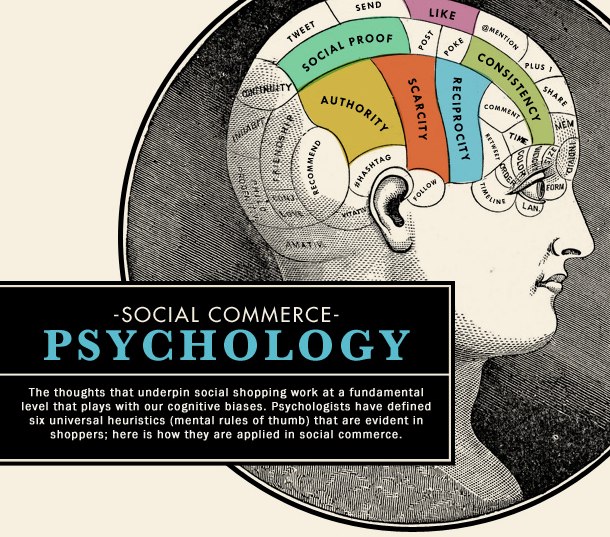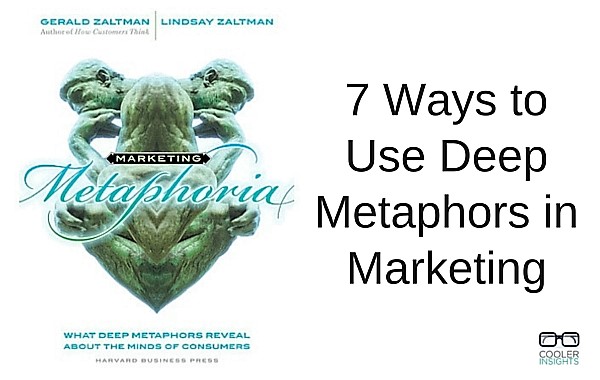
Courtesy of Tab Juice (via Brian Solis)
Thanks to a recent post by social media guru Brian Solis, I chanced upon this brilliant infographic on the psychology of social commerce.
According to the post, there are six heuristics or pillars in social commerce: social proof; authority; scarcity; like; consistency; and reciprocity.
Let me go through each of these in turn and give my layman’s take on what it means for us.








